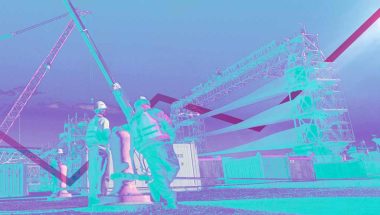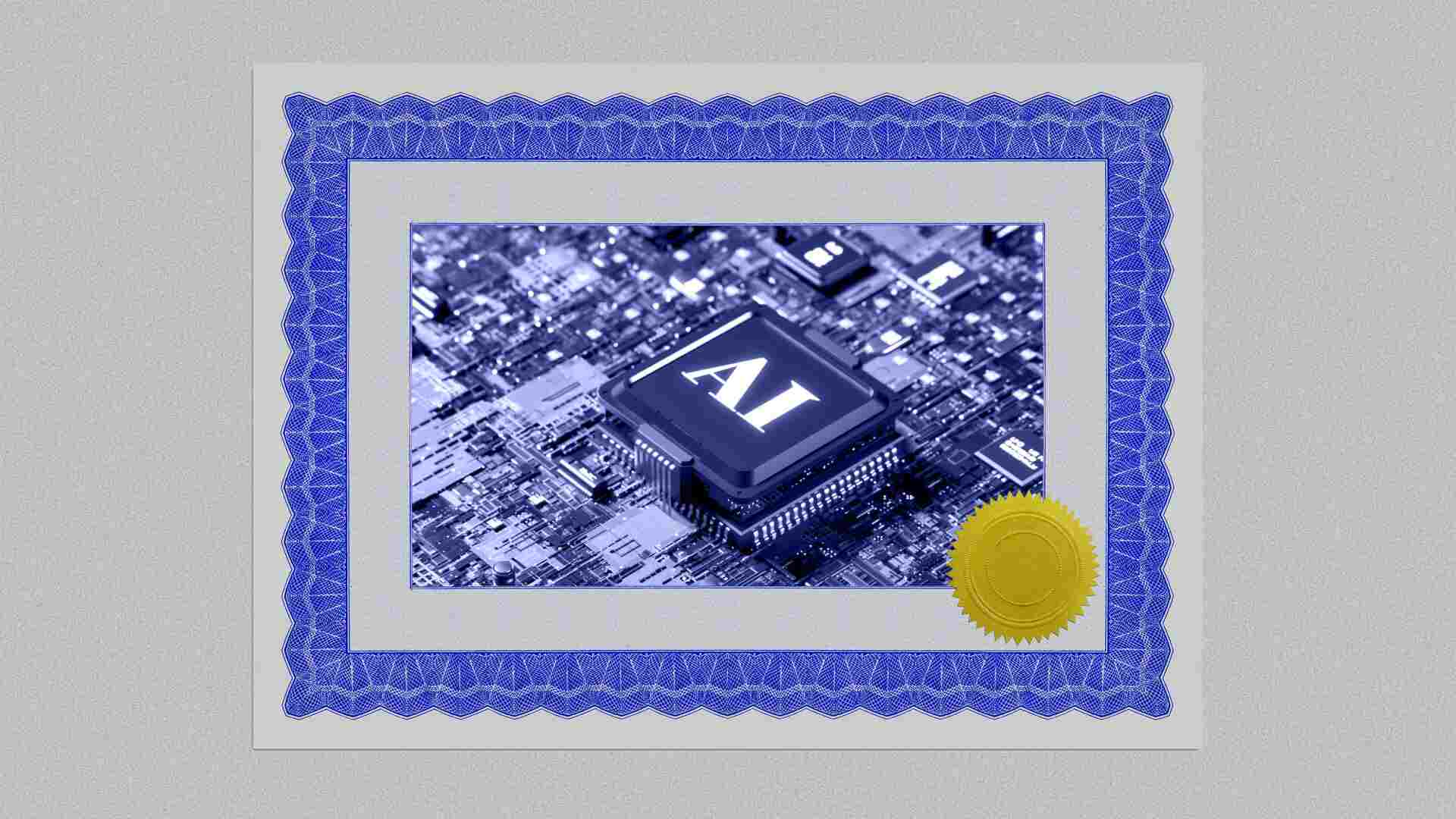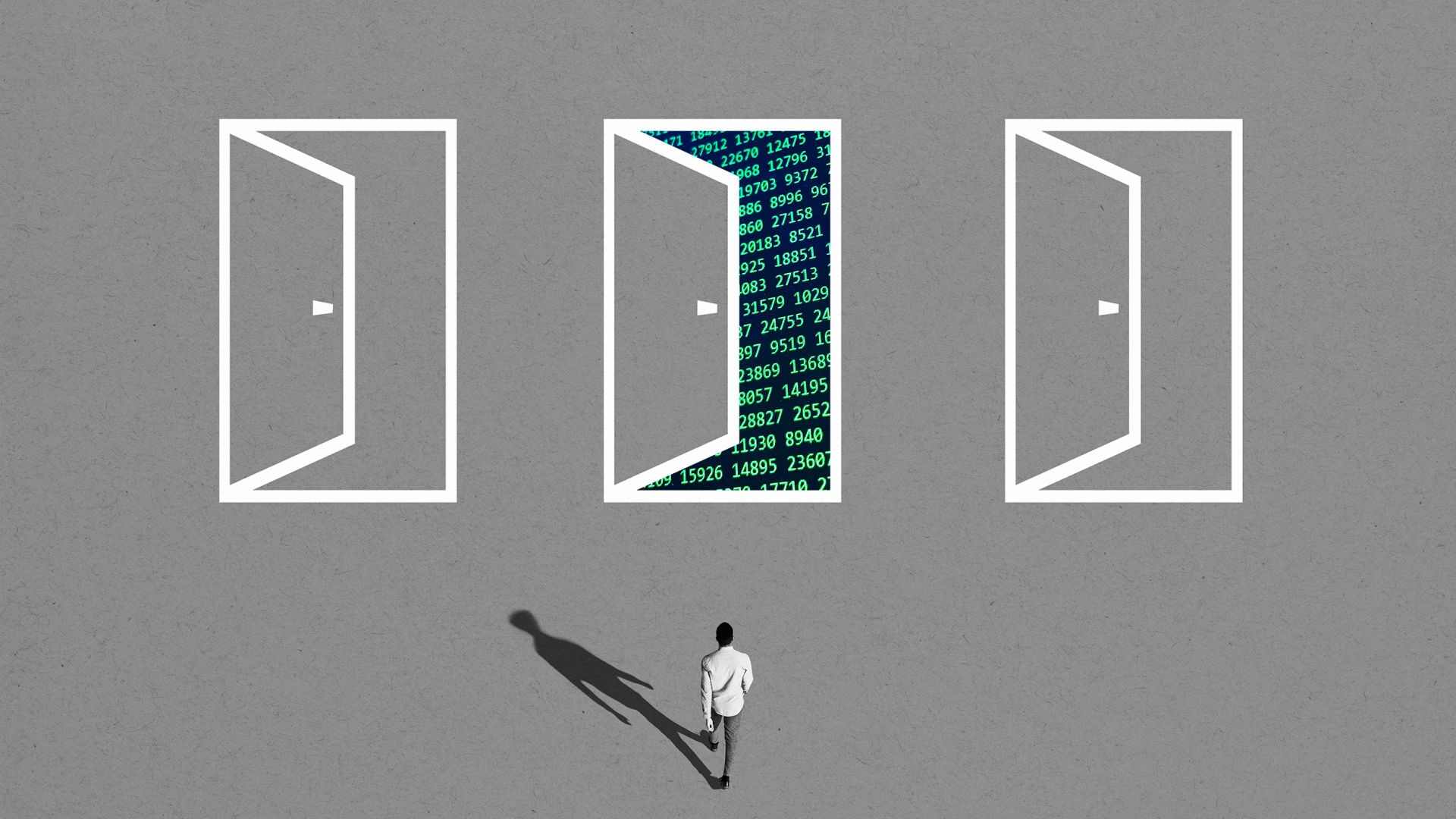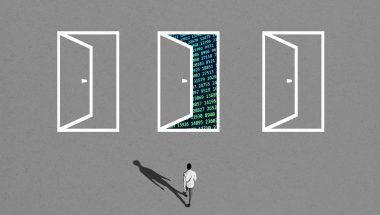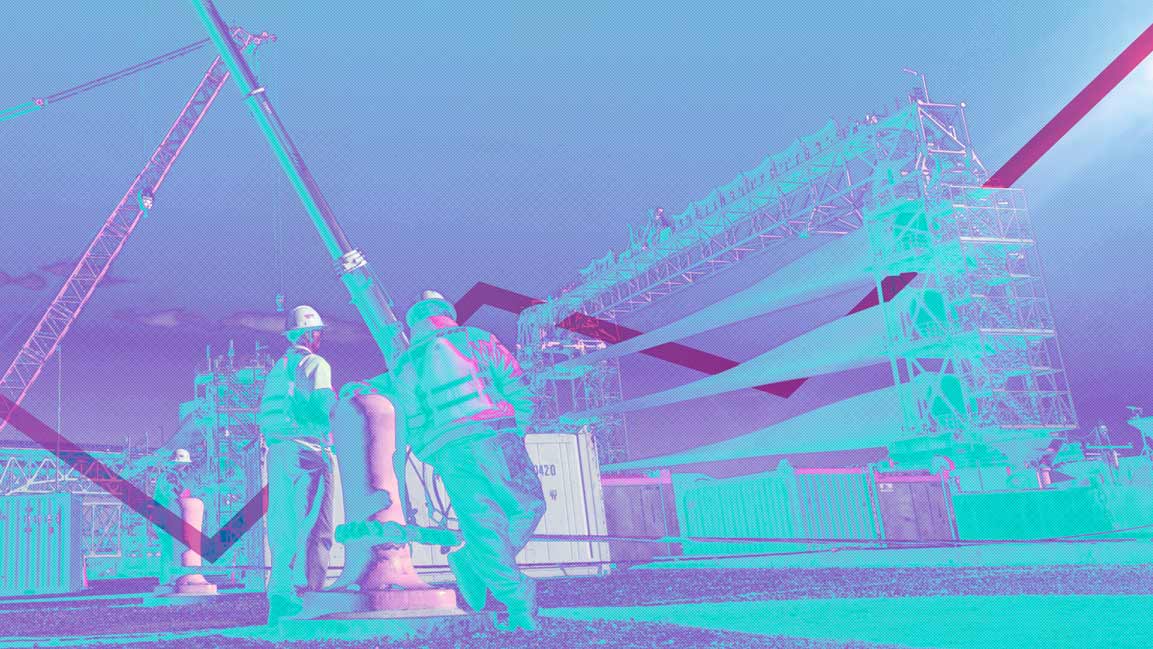- | 8:00 am
How to use AI to improve employee performance and engagement
The founder of Fusion Fund offers a plethora of examples that show how repetitive tasks can be offloaded to robots to allow teams to focus on what’s important to them.

Let’s face it: no matter what industry you’re in, work can be tedious and boring some days. Many workflows boil down to filling out forms, transferring those forms to Excel spreadsheets, and querying that data. It’s no wonder the media is buzzing about the Great Resignation as millions of Americans leave their jobs.
The problem is not about getting the data, but deciding what to do with it in your organization. Artificial intelligence can provide analytics to give the employee perspective, allowing for better and faster decisions by using different structural data to generate new perspectives.
But not everybody knows how to use AI.
The good news is there are no-code AI platforms that anyone can use, regardless of prior knowledge of machine learning or data science. As OpenAI continues proving with its latest release (DALL-E 2), everyone can benefit from AI without ever having to write a single line of code. Implementing AI provides three benefits that improve employee engagement and performance.
INCREASING EFFICIENCY
McKinsey & Company suggests that at least 30% of tasks in 60% of jobs could currently be automated. AI isn’t designed to replace us at work—it’s meant to help us perform tasks more efficiently.
Cognitive data capture tools, for example, can extract data from unstructured documents faster and more accurately than their human counterparts. With these tools, your employees no longer have to manually input data from things like invoices; instead, they can let computers handle the majority of it for them. Scheduling, expense management, and filling forms are a few other examples of the tedious tasks AI can take over with relative ease.
You can automate workflows with modern communication and productivity tools that take advantage of AI, like those found in Microsoft Dynamics 365. With the help of AI, for example, I can make my email marketing efforts significantly more efficient and effective, using it to optimize sending time, assess the content of an email to determine whether or not it’s likely to be filtered as spam, and even write copy for me.
These shortcuts (and more) not only save me time, but also improve the ROI of my email marketing campaigns. They can do the same for your team, helping people do their jobs more quickly and efficiently.
IMPROVING PERFORMANCE
People perform better when they’re set up to succeed. Three-quarters of respondents to a recent Oracle survey said AI helped their mental health, with 27% reporting reduced stress. More time is spent being productive when people have the information they need to excel at their jobs, and employers can better track that progress for meaningful performance reviews.
To improve your team’s performance, add tools to your tech stack with AI capabilities. AI can reduce the number of manual tasks your employees need to complete, which gives them more time to focus on the most important parts of their jobs. You can enable chatbots to handle basic conversations with customers, for example, freeing service reps up to handle more complex situations.
Adding tools that help automate scheduling, information gathering, and communication is another great place to start. Otter.ai, for instance, can automatically record meetings, take notes, and provide summaries, making it easier to track essential points. It can even perform these tasks over Zoom.
AI also improves accuracy by removing manual errors and enabling better decisions. Take tools like DeepSense, for example, that can reduce or even eliminate human biases that creep into the hiring process. For managers, AI platforms like KeenCorp provide worker analytics that deliver highly accurate analyses of employee engagement.
ENCOURAGING BALANCE
In the Oracle survey mentioned above, companies using AI in their workflows had shorter workweeks, and their employees took longer vacations. This means that robots at work give people better work-life balance and the ability to improve their home lives.
For example, if I have a question about a product in another division and don’t know who to ask, AI can get me the answer. The virtual assistant Leena AI claims it can reduce the time it takes employees to access important information by 90%.
AI can also analyze employee backgrounds and skill sets to facilitate cross-functional, interdepartmental collaboration. Johnson & Johnson uses AI to assess employee skills, comparing their skill sets against external employees in similar positions, as well as against a predetermined set of skills. This approach makes it possible for the company to see where skills gaps are and take the appropriate steps to address them. Through AI, your employees can make the most of their skills, and you can be shown a path to help improve the areas they might fall short.
At Starbucks, AI is being used in a variety of ways to improve workers’ quality of life. AI is taking the reins when it comes to managing schedules, anticipating staffing needs, and handling inventory. It can even predict when a store’s equipment needs maintenance, preventing breakdowns. Starbucks believes that all these AI enhancements give employees more time to connect with customers, thereby combatting loneliness and improving people’s moods.
Work can be boring, but it doesn’t have to be. The most repetitive tasks can be offloaded to robots to allow your team to focus on what’s important to them and improve their engagement and performance at work. Isn’t that supposed to be the point of technology?







